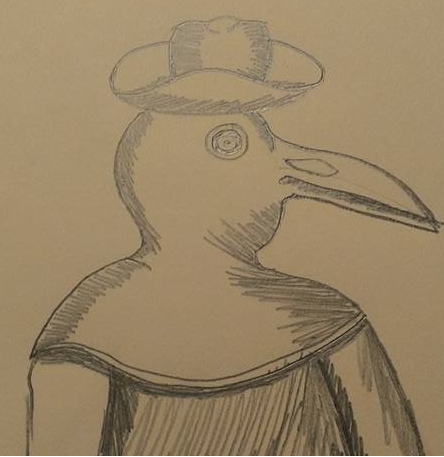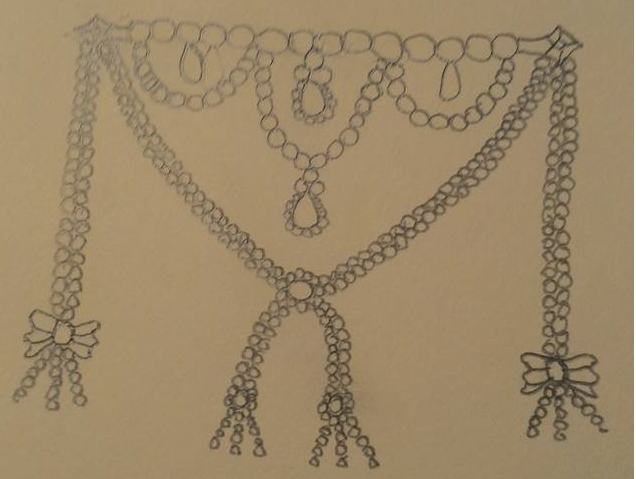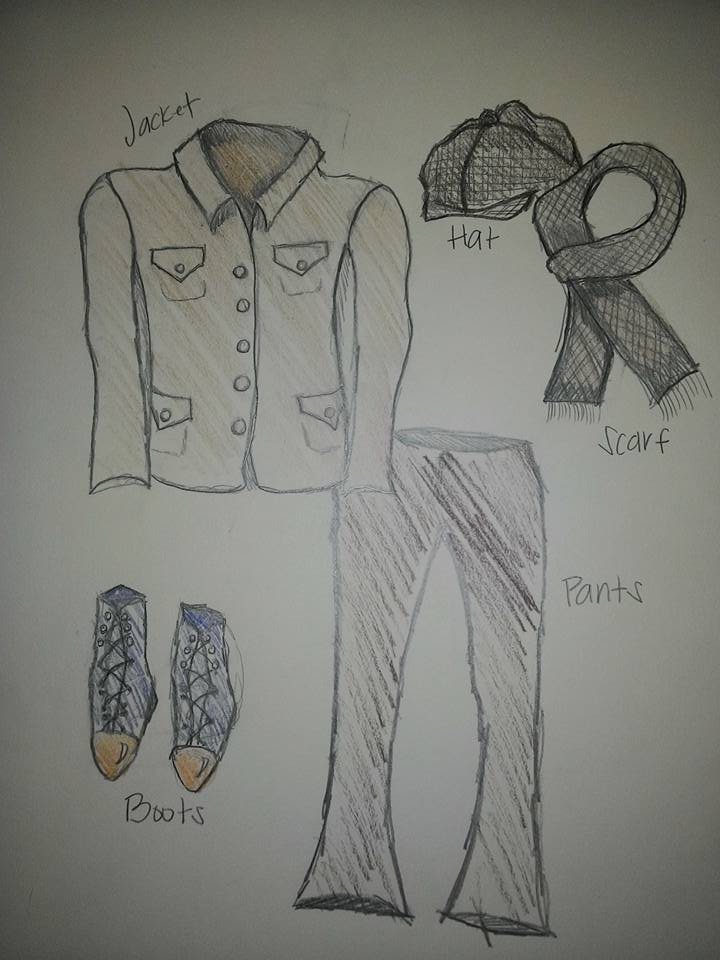Mother’s Day is coming soon and it’s time to thank the female figures in our life. Celebrating the day doesn’t have to mean giving gifts to the woman who have given birth to us. I know I’ll be celebrating with my birth mom, but a mother could be anyone who you think has impacted your life and you think is special.
You don’t have to actually know them personally, which is what I’m going to be talking about. I’m talking about a woman that was thought of has a mother figure to many people and even has “mother” in her name.
Mother Teresa was a catholic nun who founded the Order of the Missionaries of Charity, a congregation of women in the Roman Catholic Church that help the poor, according to Biography.com.
Mother Teresa or Agnes Gonxha Bojxaxhiu was born to Nikola and Dranafile Bojaxhiu in Skopje, Macedonia on August 26, 1910. The family was devout in the Catholic faith, so Mother Teresa grew up in the Catholic church.
Agnes Bojxaxhui was 18-years-old when deciding to become a nun and joined the Sisters of Loreto in Dublin. She was then called Sister Mary Teresa, which is after Saint Therese of Lisieux, a French Catholic Discalced Carmelite known as “The Little Flower of Jesus.”
Mother Teresa was “always her own person, starlings independent, obedient, yet challenging some preconceived notions and expectations,” according to Americancatholic.org.
In May 1931, She was sent to Calcutta, India to teach geography and history at Saint Mary’s High School for Girls, a school that the Loreto Sisters taught the city’s poorest families. According to Biography.com, She was on the train from Calcutta to the Himalayan when Jesus Christ told her to stop teaching and start helping the poor and the sick of Calcutta.
She couldn’t leave her teaching job right away because she took the vow of obedience. After a year and half of teaching and six months of medical training, Mother Teresa left the convent and into the Calcutta’s slums “to aid “the unwanted, the unloved, the uncared for.””
The Order of the Missionaries of Charity first established a open-air school and a hospice that centered around the blind, aged and disabled from the slums. During the 1950s and 1960s, the Missionary developed a leper colony, an orphanage, nursing home, family clinic and mobile health clinics. In 1979, She was given a Nobel Peace Prize for all her humanitarian work.
Mother Teresa died in September 1997 in Calcutta. She was a “mother” who had a goal of helping as many people as she could. With a mother’s touch, she aided people that needed help and asked for nothing in return.
Read more at: http://www.brainyquote.com/quotes/authors/m/mother_teresa.html





